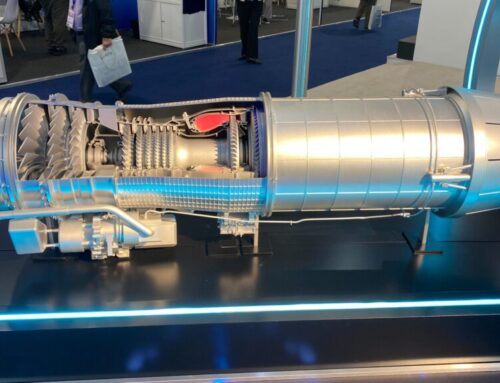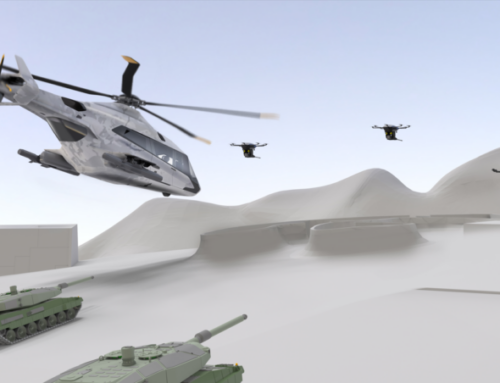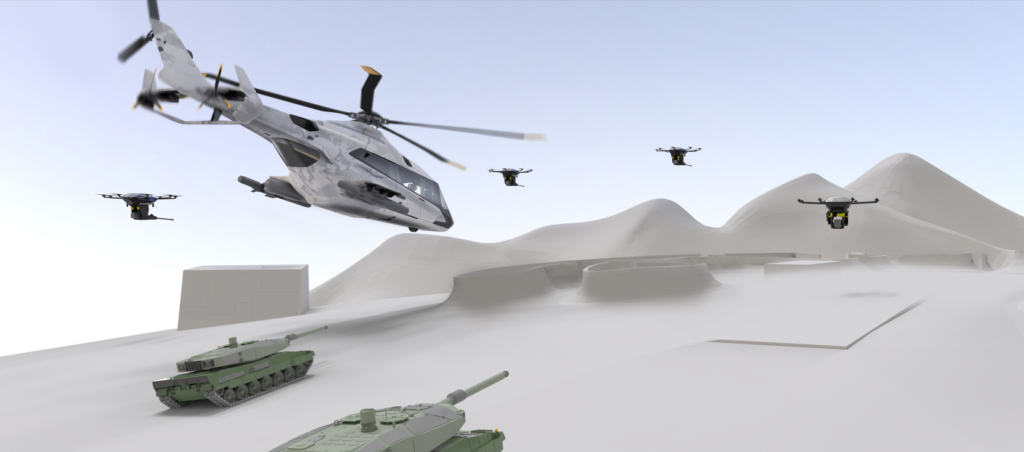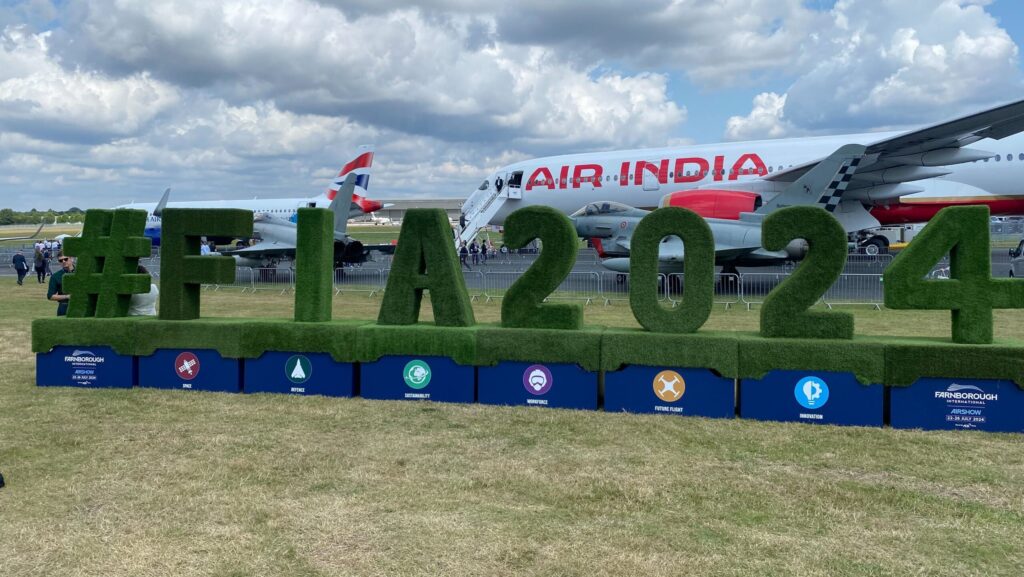Undersecretary of the Army, Hon. Gabe Camarillo, arrives at Fort Riley, Kansas, via an UH-60 Blackhawk helicopter, to tour the Sexual Harassment Assault Response and Prevention (SHARP) Fusion Directorate on Oct. 25, 2022. Camarillo met with program leaders and during a tour and orientation of the Fusion Directorate facility. (U.S. Army photo by Pfc. Kenneth Barnet)
WASHINGTON — The Army today announced its new policy on digital engineering aimed at a high-tech rejuvenation of its traditional systems and engineering processes to stay on par with emerging threats, outlining four “lines of effort” and identifying individual programs ripe for an upgrade.
The new strategy is meant to “make it easier for the Army to adopt digital engineering approaches more broadly at scale across the Army,” Army Secretary Christine Wormuth told lawmakers in a hearing as the strategy was published online.
“This is the kind of work that allows us to do modeling and simulation and explore engineering challenges using computer simulations, which is more efficient and less costly,” she said.
Army Undersecretary Gabe Camarillo formally unveiled the strategy at an AFCEA NOVA event, and highlighted its timeliness.
“I think the Department of Defense, and in this case, the Army is racing to kind of catch up with the best practices from the private sector,” he said.
The policy says, “As the Army is rapidly modernizing to meet emerging threats, the pace of technological change and a constrained fiscal environment require innovation not only in terms of capabilities, but also in the various institutional processes the Army uses to develop, acquire, and maintain them.”
The new policy on digital engineering, an area which Camarillo said was “near and dear to his heart,” will essentially allow the Army to move from manual, paper-based, and often archaic processes to digital environments. These virtual tools allow engineers, logisticians, program managers and contractors to try out alternative designs, maintenance procedures and more, testing many variations over and over in simulation, far more quickly and cheaply than would be possible with physical systems.
When it works as designed, digital engineering allows extensive virtual prototyping of new systems before the first physical prototype is built, while creating “digital twins” of existing equipment.
“Historically, the Army has relied on traditional systems engineering processes, which are largely manual, document-intensive, and stove-piped across stakeholder groups. This can often drive costs and development timelines, hindering the Army from delivering cutting-edge capabilities at pace,” the new policy read.
Establishing Digital Engineering Focus Areas
The first line of effort the new policy outlines is creating three focus areas to implement digital engineering within the Army: ground vehicles, aviation and sensors.
The service has already been using modern digital engineering processes for two of its flagship systems, Camarillo noted: the XM-30 Infantry Fighting Vehicle to replace the M2 Bradley and the Future Long-Range Assault Aircraft tiltrotor to replace the UH-60 Black Hawk.
“The commercial automotive industry [and] commercial aircraft obviously have been doing this for a really long time, and we’ve actually taken some significant steps in this area,” Camarillo said. “So for example, the XM-30 IFV replacement program is actually receiving digital engineering artifacts as part of its development of that new combat platform. Similarly, our future vertical lift efforts in Huntsville and the development of our FLRAA platform are already incorporating digital design and digital engineering into those major programs.”
Both XM-30 and FLRAA will be “pathfinder” programs to pioneer digital engineering for the rest of the Army.
As a third “focus area,” the Army will also utilize digital engineering to develop sensors that can plug-and-play on a range of different platforms.
Promoting Interoperability And Implementation
The second line of effort in the Army’s new digital engineering strategy is to implement data engineering tools that “promote seamless collaboration, streamlined processes, and efficient systems integration,” according to the policy. The Army’s plan is to enhance collaboration with software vendors and find commercially available digital engineering environments it can then promote for use throughout the service.
“The wrong way to go about digital engineering is to pick one tool or two tools and propagate them with licenses across the entire army. That’s probably the way we would have done it like 10 years ago,” Camarillo told the AFCEA audience. “So instead, what we’re doing is we’re developing this more commodity-focused approach, and we’re interfacing with the entire vendor base that develops the digital engineering tools to focus much more on what are those standards.”
To ease adoption across the Army, the service will develop standard contract language, uniform guidelines and best practices, the policy says, such as routine Contract Data Requirements Lists (CDRLs). The service also plans to create data governance guidance “to ensure data and digital twins can be shared with the appropriate government and industry users” to safekeep vendor’s intellectual property.
Establishing And Monitoring Pathfinder Programs
The third initiative in the Army’s new policy is to designate a “handful” of pathfinder programs, such as the XM-30 IFV and the FLRAA tiltrotor, aimed to showcase the potential contributions of digital engineering, thrash out potential implementation problems and expedite adoption of the new approach across the service.
“The goal here is to just think about how to change our processes,” Camarillo explained to Tuesday’s audience. “So if you’re doing a preliminary design review of a system in development, or if you’re doing the need to identify cost … for a legacy system, how do you get after that by looking at some of these Pathfinder programs?”
Besides the XM-30 and FLRAA, the pathfinder programs named in the policy include two command-and-control systems for artillery and long-range missiles, Integrated Fires Mission Command (IFMC), which is already well into production, and Joint Targeting Integrated Command & Coordination Suite (JTIC2S), which is earlier in development and meant for use by all the services.
In addition, digital engineering will aim to improve ongoing sustainment of four pathfinder programs that have ceased production or will soon wrap it up: the UH-60 Black Hawk, AH-64 Apache and CH-47 Chinook helicopters — all part of a PEO Aviation Logistics Data Analytics Lab effort — and the Vietnam-vintage M113 armored transport.
Developing Talent and Expertise
Finally, the last line of effort defined in the new policy is developing a strong workforce within the realm of digital engineering.
Digital engineering “will only serve the Army well if employed by a knowledgeable, skilled, and experienced workforce,” the policy read, adding that the new policy must be used by tests, requirements and sustainment committees — not just developers and engineers, if the service wants it to be successful.
Though Camarillo expressed his satisfaction with the new strategy, he said the service has a ways to go towards modernization in the digital sphere.
“[The strategy] will kind of point us in the right direction in terms of our adoption of these tools. You know, as I look ahead beyond implementing this new policy on digital engineering, there’s a lot of work that is still remains to be done. We know that we’ll have to continue to modernize in infrastructure across our posts, camps and stations and we’re looking for effective and creative ways to do it. We also know that our tactical network remains a significant challenge,” he said.
Breaking Defense’s Ashley Roque contributed to this report.






![The sights from the 2024 Farnborough Airshow [PHOTOS]](https://centurionpartnersgroup.com/wp-content/uploads/2024/07/IMG_8722-scaled-e1721930652747-1024x577-hZjwVb-500x383.jpeg)




